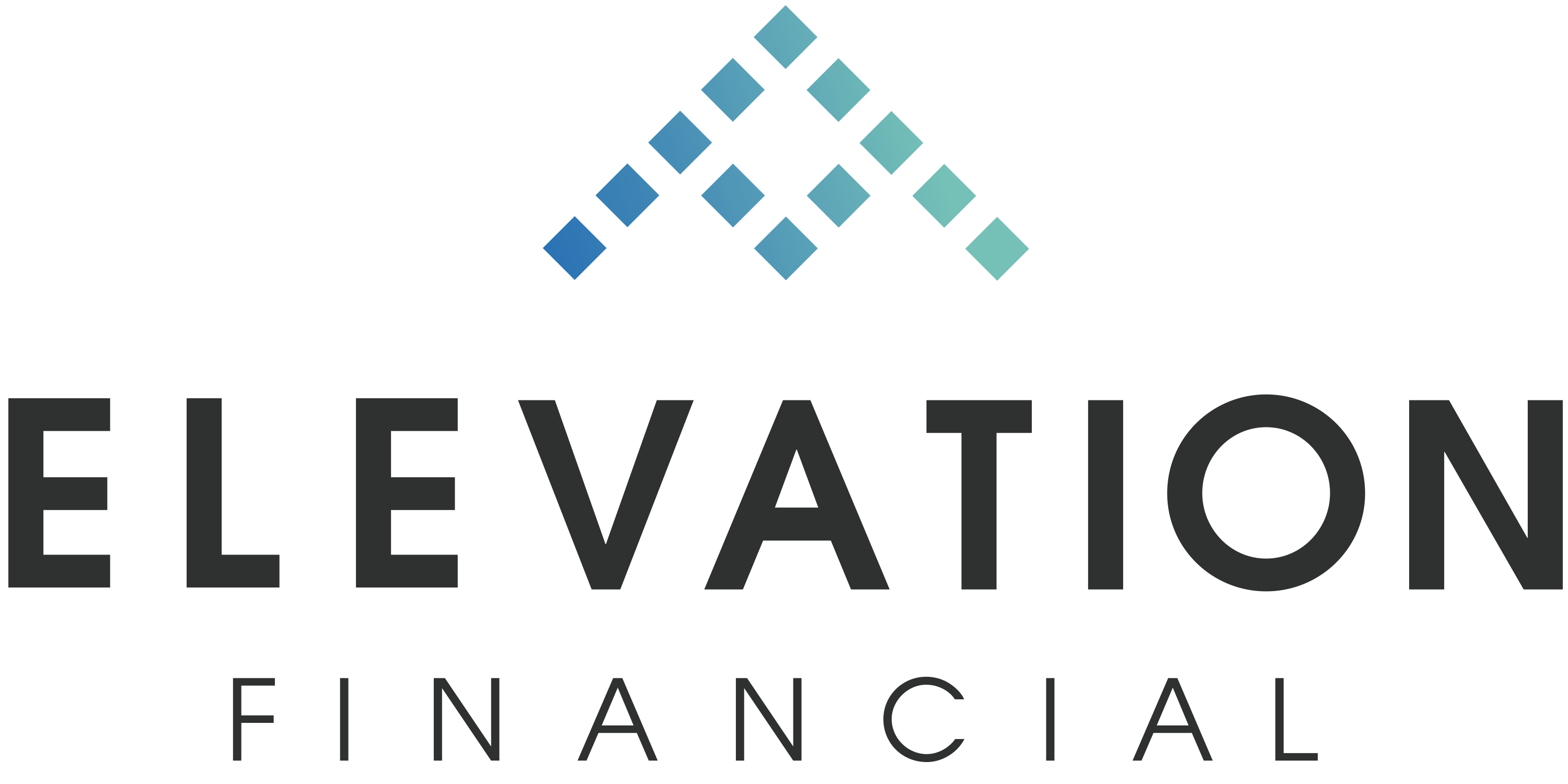
Share this Post
Subscribe

Need help with your money or investments? Book a consultation to learn more about working together.
Should I Invest in a Target Date Fund? Weighing the Pros and Cons
[Prefer to listen? You can find a podcast version of this article here: E274: Should I Invest in a Target Date Fund? Weighing the Pros and Cons]
If you're saving for retirement through a 401(k) or similar plan, chances are you’ve seen Target Date Funds (TDFs) listed as an investment option.
Maybe you're even invested in one right now.
They’re convenient, popular, and designed to do the hard work for you. But does that mean a target date fund is the best choice for your financial future?
Let’s unpack what TDFs are, how they work, and what the latest research says about whether they live up to their promise.
What Is a Target Date Fund?
A target date fund is a type of mutual fund that automatically adjusts its investment mix based on your projected retirement date.
If you plan to retire in 2060, for example, you'd choose a 2060 target date fund. These funds typically start with a higher allocation to stocks while you’re younger, and gradually shift toward bonds and other lower-risk assets as you near retirement. This change over time is known as the glide path.
Target date funds are often the default investment option in 401(k) plans, particularly since the Pension Protection Act of 2006 allowed them to be used as Qualified Default Investment Alternatives (QDIAs). Today, over 70% of new 401(k) contributions are directed into TDFs, and they represent about half of all retirement account holdings in the U.S.
That makes them a huge part of the retirement ecosystem and worth understanding more deeply.
Why People Like Target Date Funds
There’s a good reason why TDFs are so popular: they simplify investing.
- You get automatic diversification.
- You don’t have to think about rebalancing.
- You get a professionally designed asset allocation that adjusts over time.
For many investors, especially those who don’t want to manage their portfolio actively, that’s a big win. Research shows that people are less likely to panic and sell during downturns if they’re in a TDF, compared to building their own portfolio.
So if you’re wondering, “Is a target date fund a good fit for someone like me who just wants a hands-off way to save for retirement?” the answer could be yes.
But that’s only part of the story.
The Hidden Differences Between Target Date Funds
A common misconception is that all TDFs are basically the same.
In reality, they vary widely depending on the fund company. Each provider creates its own glide path and chooses its own mix of investments. Some use just a handful of funds inside the TDF, while others use dozens. Some funds hold mostly passive index funds; others rely heavily on actively managed funds.
This creates huge differences in performance.
A 2023 study by Professor David C. Brown and co-author Sean Davies analyzed the performance of TDFs by comparing each fund's glide path to a custom benchmark made up of low-cost index funds. Their research showed that most target date funds underperform compared to this simple, passive alternative.
On average, target date funds lagged by about 1% per year, with two main culprits:
- Fees: Roughly 55 basis points (0.55%) of the underperformance came from higher fees, including both fund-level and underlying investment fees.
- Poor Active Management: Another 45 basis points (0.45%) came from active managers failing to beat their benchmarks.
Even more surprising: some TDFs are actively deviating from their stated glide paths. Fund managers often make tactical asset allocation decisions, shifting investments based on short-term market outlooks. According to Brown's findings, these tactical shifts result in about 10 basis points of additional underperformance annually — small but still negative.
Performance Varies Widely Between TDF Providers
Depending on the provider, your experience in a target date fund could be vastly different.
At one point, there was a 23% monthly return difference between the best and worst performing TDFs of the same type. That’s an extreme case, but over longer periods, performance dispersion of 1% to 3% per year between TDFs is not uncommon.
In recent years:
- Some providers outperformed their benchmarks by over 1%.
- Some providers have lagged their benchmarks by similar margins.
- Some have previously underperformed, have improved, and now slightly outperform benchmarks in some TDF series.
If you’re invested in a TDF through your workplace plan, you probably don’t get to choose between providers. Most plans offer one series, and that’s it. That’s why plan sponsors and HR departments need to understand these differences and be willing to make a change if the chosen fund underperforms.
Is the Glide Path Optimal?
There’s also growing debate over whether the typical glide path (more bonds over time) is actually optimal.
Some research, including a paper by Professor Scott Cederburg, suggests that an all-equity portfolio (even in retirement) may be a better long-term strategy. This runs counter to the traditional idea of de-risking with age.
That said, behavioral concerns matter.
Not every investor can stomach the volatility of an all-stock portfolio. During a market crash, even a well-designed portfolio won’t help if you panic and sell. So while the math might favor higher equity exposure, the best portfolio is one you can actually stick with.
What You Should Do If You’re in a TDF
If you’re already in a target date fund, this doesn’t mean you need to make an immediate change.
But it does mean you should dig a little deeper:
- Identify your TDF provider. Who manages the fund?
- Look under the hood. Is the fund mostly passive or active? What are the fees?
- Assess performance. Tools like Glide Path Financial let you compare your fund to a benchmark and see how it's doing.
- Consider the glide path. Does the asset allocation make sense for your age, risk tolerance, and goals?
If you're comfortable with the fund’s performance, fees, and glide path (and you're the kind of person who appreciates simplicity), staying in a TDF might make sense.
If you’re more hands-on, or if you see signs of underperformance, you might consider building your own portfolio with low-cost index funds or working with an advisor who can tailor a strategy for you.
Target Date Funds Don’t Know the Whole Story
One of the biggest limitations of target date funds is that they’re built around a single data point: your expected retirement year.
That’s it.
They don’t know anything else about you: your income, your savings rate, your other investment accounts, whether you’re married, if you have a pension, what your goals are, or what kind of lifestyle you want in retirement. TDFs operate under a one-size-fits-all approach, which means they can’t provide a truly personalized investment strategy.
This lack of context can lead to suboptimal outcomes.
For example, some target date funds begin shifting to more conservative investments, such as bonds and cash equivalents, far too early for your situation. If you're still in your peak earning years and planning to work for another 10 or 15 years, moving away from growth-oriented investments too soon can significantly suppress long-term returns.
It’s not uncommon for someone in their early 50s, still saving aggressively and years away from retirement, to find their TDF already reducing stock exposure. This might help limit volatility, but it also limits growth potential at a time when they may still need to be building wealth.
If you have other sources of guaranteed income, or if you're comfortable with market risk, you may be able to take more risk than a target date fund would assume. But the fund doesn’t know that, it just sees the calendar.
This is where a holistic financial plan makes a difference. A plan that looks at your entire financial picture, including cash flow, taxes, other investments, and long-term goals, can help determine an asset allocation that’s right for you, not just your birth year.
Target date funds may offer simplicity, but they don’t offer personalization. And in many cases, that can mean leaving money on the table.
Bottom Line: Are Target Date Funds Worth It?
As with most things in personal finance, target date funds are not a one-size-fits-all all. They can make sense in many situations, but might also be suboptimal in other situations.
You'll want to review the pros and cons before making a decision.
Pros:
- Simple and automatic
- Professionally managed glide path
- Helps avoid behavioral mistakes
- Great option for hands-off investors
- Generally better than doing nothing (or sitting in cash)
Cons:
- Performance varies widely between providers
- Many funds underperform due to fees and poor active management
- Glide paths aren’t standardized or always optimal
- Lack of transparency for most investors
- Doesn't take into account any other facts about your financial life
Target date funds have improved retirement outcomes for millions of Americans. But they’re not all created equal, and they aren't the best choice for everyone.
Do a little homework, understand what you're buying, and make sure it aligns with your needs, your risk tolerance, and your financial life.

